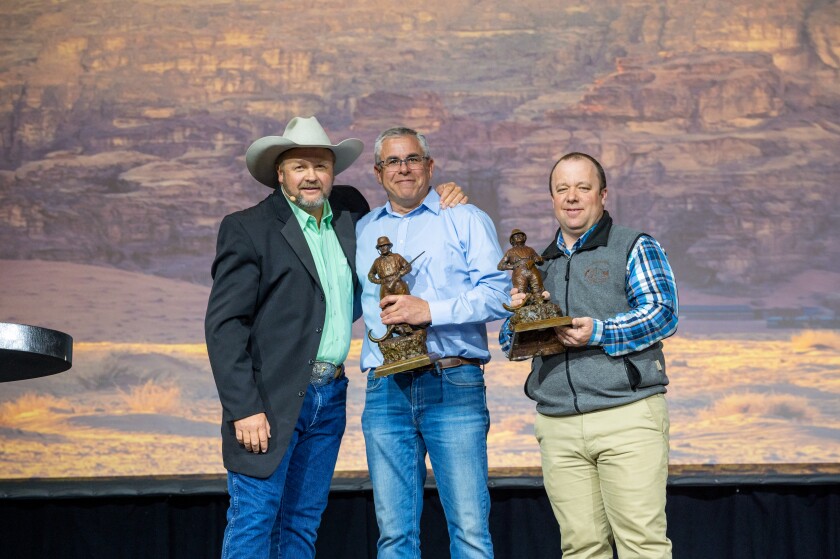Travis Hobbs
WKR
- Joined
- Mar 29, 2019
- Messages
- 687
A new Rokcast with Randy Larsen and Brock McMillan!

 www.rokslide.com
www.rokslide.com

Fewer Bucks, More Fawns?
Is issuing fewer buck tags growing mule deer populations? Or is it limiting growth? Lets see what the data and experts are saying!
